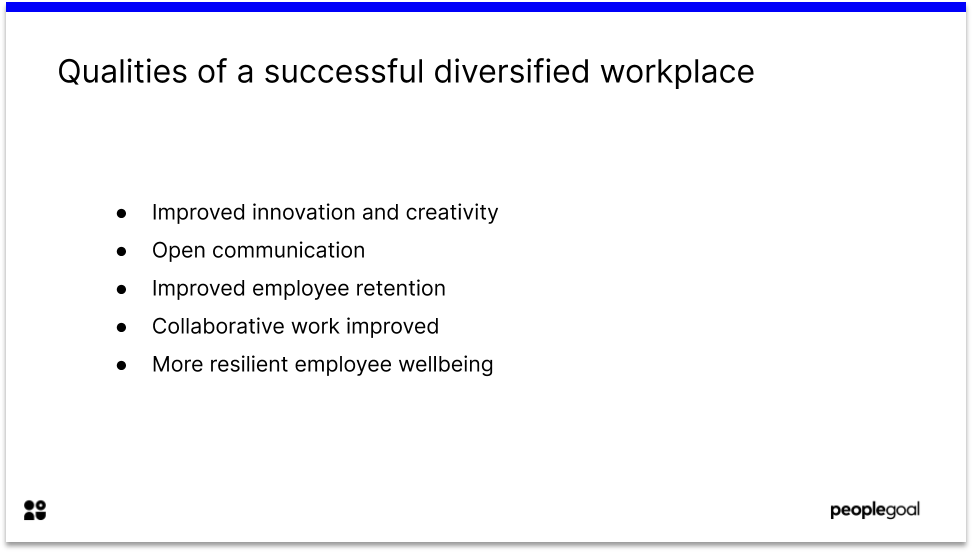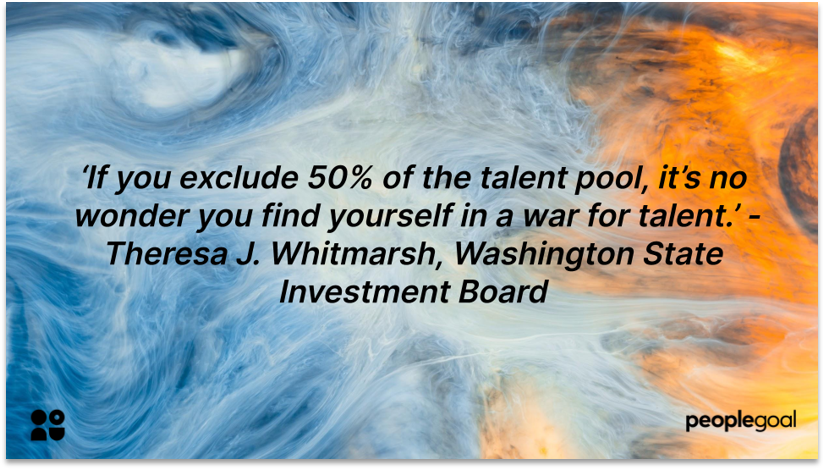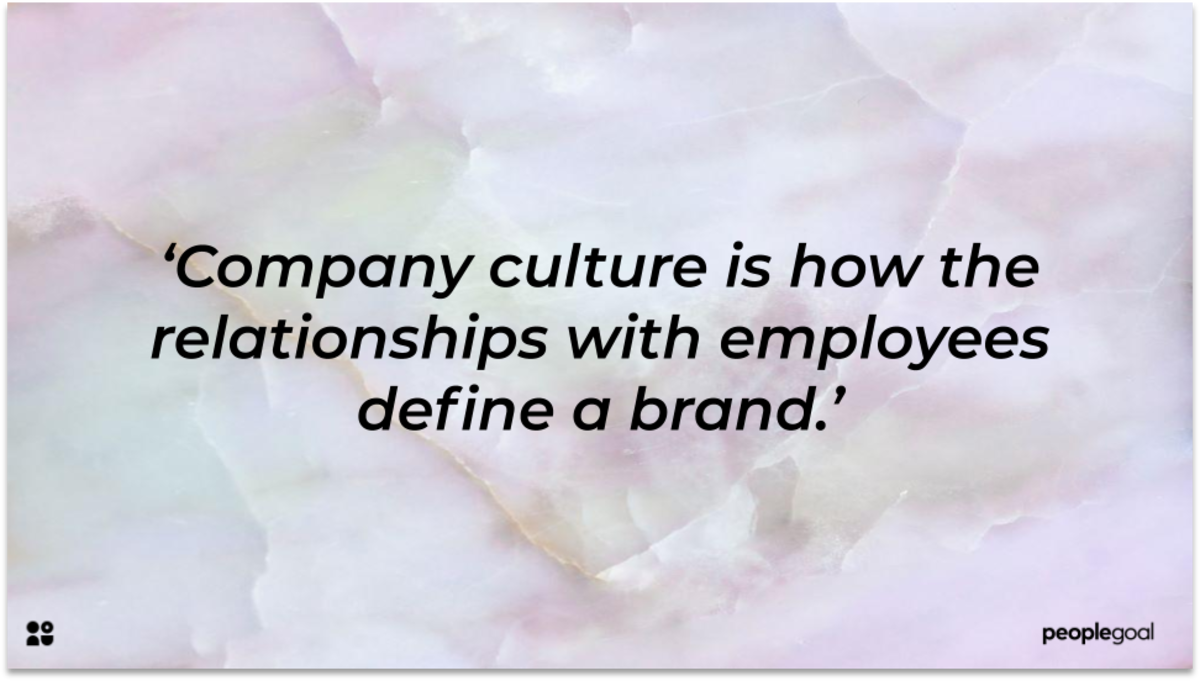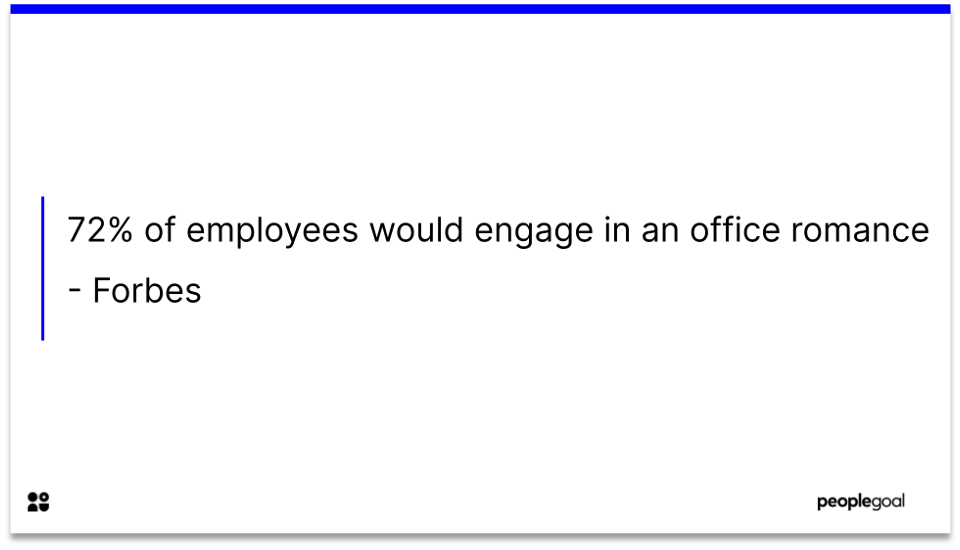HR leaders know that a diversified workplace is a key component of a thriving company culture. Diversity is appreciating the differences between people, whether that is gender, race, sexual orientation or identity, age, or physical ability.
Inclusion practices are your route to a diversified workplace. It’s not enough just to hire employees with a range of skills and experiences (although this is important!). HR also needs to make diversity and inclusion a continuous focus.
What are some of the qualities of a diversified workplace?
A diversified workplace is one where all voices are heard, and every employee’s development and career progression is valued.
Qualities of a successful diversified workplace
-
Improved innovation and creativity: a range of worldviews and experiences are incorporated
-
Culture of open communication in which employee voice is key
-
Improved employee retention: employees feel valued
-
Collaborative work improved: boosting business outcomes
-
More resilient employee wellbeing
-
Community building: through employee resource groups, lunch and learns, etc
-
Wider talent pool
A diversified workplace reaps tangible benefits for companies and employees alike. 44% of the millennial workforce is part of a racial or ethnic minority group. The workforce is aging, with a widening age disparity between employees. It’s key for HR to create a strategy for a great diversified workplace.
Companies with great diversity and inclusion strategies reap rewards – with better motivated, happier and more collaborative teams.
Accenture is one of the leaders in this area, and have seen increases in the diversity of their employees. They have strategies to maintain employee retention – to ensure their inclusion practices are benefitting their diverse employees longer-term.
How can your company create a similar strategy – whatever your company size? Below we offer a few tips on how to get started.

1. Create an inclusive recruitment strategy for a diversified workplace
Your new hires are your company’s future! Hiring a diverse workforce requires inclusive recruitment.
Think about how to equip hiring managers. The initial screening of the hiring process can be influenced by unconscious bias. A study of STEM applications found that male hiring managers rated male applicants as more competent, even with identical resumes.
To avoid this, SHRM recommends removing applicants name and address (to avoid bias according to social background). Unconscious bias training can also improve this initial stage.
Inclusive Recruitment Practices
-
Review essential functions – are some unnecessary?
-
Consider removing names from resumes
-
Unconscious bias training
-
Advertise positions widely

2. Make open communication a priority
Inclusive company cultures have strategies for communication. A diversified workplace involves understanding multiple perspectives and concerns.
Reflective listening is one way to ensure every voice is heard. This involves mirroring – repeat back or paraphrase what the individual has said. Then, reflect on the emotions or subtext the individual might be communicating.
Communication strategies need to make the most of a range of mediums. Not everyone expresses theirself best in one-on-ones. Manager town halls might be a way for employees to hold managers accountable or ask questions.
Consider using a diversity and inclusion survey to inform your communication strategy. These help you to get an inside view of how your company is performing against its core values of inclusion.
Creating a communication strategy for a diversified workplace
-
Avoid silos by making company-wide objectives and practices transparent
-
Hold manager town halls or Q&As
-
Make use of internal social media to communicate diversity and inclusion practices and expected behaviors
-
Reflective listening
-
One-on-ones
-
Encourage collaboration across teams to build community

3. Development and career progression are a priority
Career progression is too often an overlooked area in diversity and inclusion. Fortune 500 boardrooms lack diversity, with over 80% of board seats filled by white executives. In 2020, only 5% of FTSE 100 CEOs were women.
HR leaders who make development and progression a priority break these glass ceilings.
Promotions often lack transparency. Harvard Business Review found that employees who feel promotions are managed effectively are twice as likely to put in extra effort at work and commit themselves long-term to a company.
There are many ways to streamline D&I practices with learning, development and progression. Make promotions more transparent. When hiring internally, ensure all team members have an opportunity to put their name forward – and are encouraged to do so!
Career progression is the result of development. To build our confidence, skills and abilities we require support from our teams. Coaching management styles and mentoring can create more equal opportunities for employees.
This avoids the tendency towards affinity or unconscious bias – working relationships go beyond the transactional and managers are invested in every employee’s development.
The responsibility is not only on managers. HR have a central role to play, in organizing career development one-on-ones, training opportunities, and more.
Ensuring equitable career development
-
Train managers to adopt coaching management styles for diverse teams
-
Schedule one-on-ones for personal development plans
-
Avoid silos on recruitment, progression and bonuses
-
Consider a mentoring scheme
-
Provide resources for Employee Resource Groups to support under-represented groups
-
Keep track of employee sentiment at all company levels – through D&I surveys.

Diversified workplaces support their teams
As complex humans we have differences – but great company cultures recognize the strength in our diversity!
HR can do so much to make diversified workplaces more inclusive. Take a look at a Diversity and Inclusion survey template from our App store. It’s a great opportunity for your employees to provide an honest view of your company’s D&I practices.
Would you like to find out more about how PeopleGoal can improve employee voice and development for your diverse teams? Book a demo today.
Ready to 3x Your Teams' Performance?
Use the best performance management software to align goals, track progress, and boost employee engagement.





